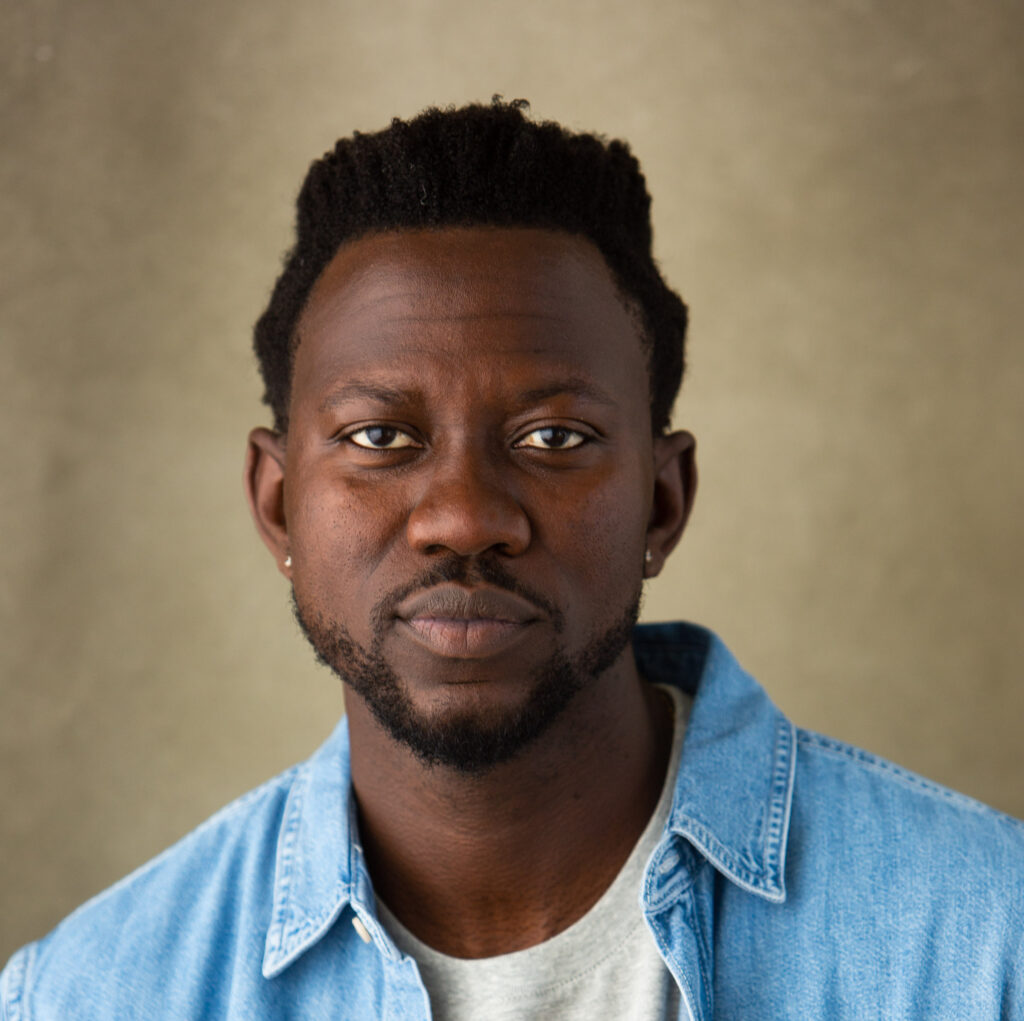When I wrote my dystopian novel – Toffy’s Divide, I was envisioning a future in the year of 2049.
Although I attempted to extrapolate what life would be like in an ultra tech-advance society.
I made a mistake in my extrapolation.
I did the same thing that most people do, think about technological progression in a linear fashion.
Some of the predictions that should have taken years are already happening now.
Others that have not yet happened will happen sooner.
For instance, living with intelligent machines – what will that look like?
The good and the bad
What separates us from other species is our ability to generate conscious thought and create life-enhancing tools.
Our minds are time machines that can travel through time. This time traveling is a gift and a curse.
It is evident in the things we build.
The same tool that can be used to alleviate a challenge for some can also be used to create a challenge for others.
These challenges sometimes manifest with clear intent. Others are built with a lack of awareness of unintended consequences.
In the benefit of short-term, we forget the long-term vision and repercussions of immediate action
We have a history of cognitive bias that makes us build irresponsibly.
When we build, it has unexpected results.
You see…
Nuclear energy can provide a very reliable and clean form of energy, but when that plant is built on a fault line, you get the recipe for a catastrophe.
Social media was built to connect people but when you have agents using it for mass misinformation, then elections are affected and trust begins to erode.
The same is going to happen with any new technology. There is going to be the good and the bad.
The same with AI.
Some might throw their hands up and say:
“I don’t use AI, so I’m good.”
“It’s not going to affect me, so I just stay away from it.”
“We are all in our echo chambers anyway, so what’s the point?”
Fine – choose your poison but you are going to have to keep your poise in the automation age.
We are going to be living and coexisting more with intelligent machines
In order to build a favorable world, we have to understand the type of intelligence we are using in AI
Humans and intelligent machines will co-exist and you will participate in this co-existence whether you like it or not.
Co-existing with Intelligent Machines
In the 19th century, the Luddites – a band of English textile workers that opposed cost-saving equipment – raged against the machines.
They were protesting the machines that would replace their jobs.
They stopped working.
They took hammers to the machines.
I can only imagine them shouting: “power to the people.”
Guess who won?
You guessed it – the capitalists.
The ones buying the machines and using it to aggregate more capital. There is an influx of capital that has been going to fund AI and that isn’t slowing down now.
You might as well learn how to use and co-exist with these intelligent machines and develop your own thoughts about how we collectively develop this technology.
With this awareness, you will be able to see what the future holds and separate the real conversation from the noise.
You will be able to set aside distractions meant to keep you in a state of constant want and panic.
You will be able to add your voice and cut through the chatter.
Here are 4 things to keep in mind about co-existing with intelligent machines:
1. Do intelligent machines need bodies?
AI has to bite the apple before it becomes human too.
I grew up Christian. In the beginning, Adam ate an apple and he and Eve noticed they were naked.
According to Judaic text, that was the beginning of the separation between God and man.
Does AI have to taste the apple first before it has true human level intelligence?
A concept up for debate is whether Artificial GeneraI Intelligence (AGI) has to be embodied before it can get human-like intelligence.
Does it have to be able to feel, touch, smell, and taste an apple before it really knows what an apple is?
Some believe the cognitive architecture is enough and the embodiment can happen in a virtual world.
This then begs the question of how AI will continue to interact with the physical world.
Will it ever have full human intelligence if it can’t have full human experiences?
We have done a lot in terms of visual and audio experiences. Our computer devices have been trained to pick up these cues. What about tactile developments? Smell and taste?
The recipes for an intelligence explosion are a self-aware and self-improving intelligence that has a non-limiting environment to fulfill its purpose.
For an intelligence explosion to happen, the computer will have to be aware of its programming and know how to improve itself.
Recursive intelligence is already on the menu
Then in its strive for efficiency, it will want to put its intelligence and copies of itself in as small of hardware as possible.
Even if it is currently limited by hardware capability, there are super servers and cloud computing that can help it carry out its goal.
And with Moore’s law, the necessary hardware needs half in size every year.
But will it ever have enough to simulate true human intelligence?
“When considering whether or not to develop technology that leads to ASI, the issue of its disposition to humans should be solved first“
~ James Barrat, Our Final Invention
All the AI we interact with is mostly happening through a computer or phone.
This will change as time progresses. With advancements in robotics, AI will take more human-like features.
The question is – does AI have to be embodied with a physical body to match human-level intelligence?
2. Do machines need feelings to match our intelligence?
AI will have to have feelings for it to display human level intelligence
When I look at my reflection in the mirror, I see myself doing exactly what I’m doing
My reflection mimics me.
But can the reflection be a sole actor on its own?
That’s the same with AI as it is.
ChatGPT gives you well thought out words that give the illusion of a thought process – stringing words together.
BUT is it actually thinking?
The cognitive scientists want to build AI with a top down approach, an intelligence that mimics human behavior.
The computational neuroscientist takes a more bottom up approach of understanding the brain to reverse engineering the cognitive architecture of AI.
The reality is that where we are today, we know the inputs into the computer, we see the output but how it gets there is still a black box.
With humans, do we actually know how we think?
There are 100 billion neurons in our brains, each with thousands of connections to one another.
Our brain works on parallel processing while computers are built on sequential processing.
Although improved chips are making parallel processing more achievable, the question remains, just because the machine is doing what humans do, is it actually thinking?
Then there’s the question of embodiment (stated above).
We make decisions based on feelings.
Will the AI have to feel, taste, smell to be able to make human-like decisions?
What about the hormones? Testosterone, estrogen, dopamine.
How does the fluctuation of these within our bodies lead to our intelligence?
Regardless, there will be a convergence of the “bottom up” computational neuroscientists and the “top down” cognitive scientists and this will push us towards ASI.
However this system might be alien and ungovernable.
We actually make more decisions based on “irrational” feelings.
Will AI ever match our level of intelligence without hormones and feelings that make us human?
3. Do we even know what human intelligence is?
We wouldn’t know if AI is more intelligent than us – we don’t even know what intelligence is.
I’ve never taken an IQ test – this standardized level of testing intelligence.
Perhaps I’m nervous that it will state my intelligence is below what I think of myself.
Is there a way of measuring true intelligence?
The lack of a general theory of intelligence is a limiting factor in AI’s progression.
The final complication to get to AGI (human-level intelligence) is software complexity.
Can we build something that matches human intelligence?
Some experts believe this is hard to tell because we do not have a general theory of intelligence.
Intelligence is a combination of pattern recognition, speech recognition, and language processing.
All this adds up to human intelligence but there isn’t an overarching theory to tie it all up.
So this could be a limit to building something that reaches and surpasses human intelligence.
Then the idea of reverse engineering the brain comes into play. The challenge there is that, we don’t fully know how our mind works
Although, with the help of AI, we can start having a better understanding of our intelligence.
So this progression will possibly happen hand-in-hand with us
“In the game of life and evolution there are three players at the table: human beings, nature, and machines. I am firmly on the side of nature. But nature, I suspect, is on the side of the machines”
~ George Dyson, historian.
We lack a general theory of human intelligence, so there is still uncertainty and a long way to go to train AI to match human level intelligence.
4. Are we transforming or making trade-offs?
New technology is just following the 1st law of thermodynamics.
In summary, the law goes that energy is neither created nor destroyed, it just transforms from one form into another.
Everything around you is transforming.
Change is the only constant.
You are transforming too – as you’re reading this.
We are in a constant state of dynamics.
The way you interact with the world will also change and transform. Some of that change will come as a trade-off.
With every advancement in technology, we are faced with a double-edged sword.
With the steam engine came the industrial revolution.
Although this created wealth it also cranked the wheel of diverging income inequality and environmental degradation.
The internet and social media connected us with digital tribes across the globe, it also accumulated wealth in fewer hands, propagated mass misinformation, and exacerbated loneliness and mental health issues.
As we move into the automation age with intelligent machines roaming around, living side-by-side with us, what can we expect?
The trade-offs.
We can expect more safety with more surveillance and autonomous technology but we may have to trade our privacy for it.
We can create a state of financial abundance with automation, ushering in an era of universal basic income but we might have to trade-in our strive for meaning and quest for purposeful work.
We will give access to more tools that are perfectly personalized for us but we may to trade in our curiosity as we get funneled into echo chambers of interests.
What trade-offs are you willing to have as we roll into the automation age?
As the world around you transforms, are you paying attention to your transformation as well?
Final thoughts
There’s no stopping it.
We are going to invent more intelligent machines and we are already coexisting with them.
We will continue to.
How do we interact with these machines? Will they ever have human level intelligence if they do not have feelings?
Can superintelligence exist without a physical body?
We are still trying to sort out what human intelligence is. Will the creation of more intelligent machines get us there faster? Will it help us know ourselves better?
I have more questions than answers. I hope this letter helps you generate your own questions too.
The era of knowing who we are is upon us
Let’s do some self-reflection.



